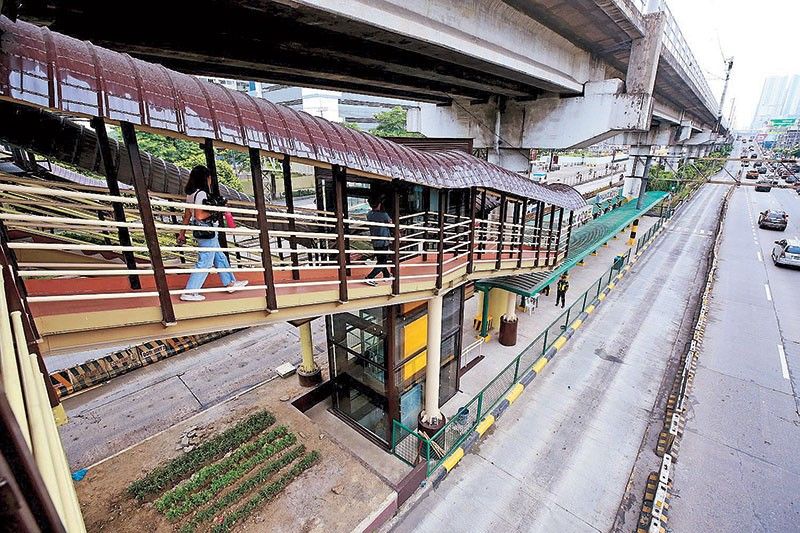MMDA slammed for ‘steep’ PWD ramp

MANILA, Philippines — The Metropolitan Manila Development Authority (MMDA) has received criticism for building a ramp for persons with disability (PWDs) that was described as overly steep.
Facebook Group Rising Philippines posted on July 17 a photo attributed to the Philippine News Agency of the ramp at the EDSA Bus Carousel in Quezon City. The post garnered 174,000 reactions, mostly “laugh” emojis, and commenters accused the MMDA of wasting government funds on an “inaccessible” ramp.
On the same day, a GMA News video showed a wheelchair user and his companion from the Life Haven Center for Independent Living having difficulty using the ramp, located at the busway’s new Philam station in Quezon City.
Architect Armand Eustaquio from the United Architects of the Philippines found the slope of the ramp was at 14.15 degrees, higher than the 4.8-degree inclination required by law, according to the GMA News report.
In the same story, director Neomie Recio of the MMDA’s Traffic Engineering Center said the ramp was built to match the height of the elevator, which should not be as high as the elevated rail tracks of the Metro Rail Transit Line 3. Some stations of the EDSA Bus Carousel are connected to the MRT-3.
Admitting the ramp was “rather steep,” Recio said the agency installed handrails on the fences to help not only PWDs but also the elderly and other commuters riding buses at the EDSA Bus Carousel.
Not a perfect design
In a statement issued following the reports, the MMDA said the limited space for the elevator and the ramp meant “it was not a perfect design, especially for those using wheelchairs, but it will still help senior citizens, pregnant women and other persons with disability instead of taking the stairs.”
The MMDA added that it would deploy personnel to assist disabled persons who might struggle in using the ramp, which “would not be too steep” for those who walk on it.
Markus Operiano, officer-in-charge of the Malabon city government’s disability affairs office and a PWD, said Batas Pambansa 344 – a 1983 law that ensures the mobility of PWDs – mandates that the ramp’s slope should have a “maximum gradient of 1:12” or “for every 12 inches, the slope or incline should only be an inch.”
“It is okay for a ramp to be long but have the right slope. Accessibility should give (a PWD) independence. Even without a companion, the PWD should be able to maneuver,” Operiano said.
- Latest
- Trending


























